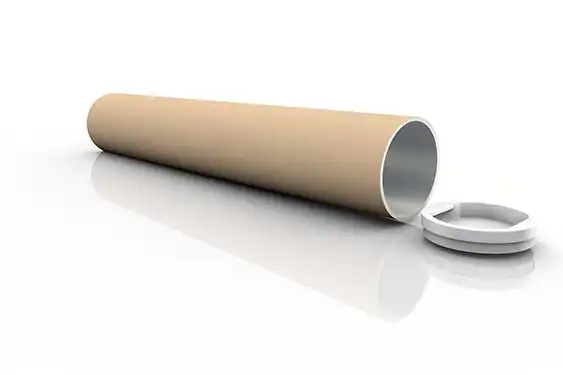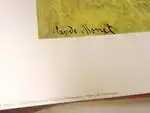About this finishing
Print. The image is printed on the top quality 10-ink HP Z9PS printer on HP matte 270 g / m2 paper. You can choose any size to an accuracy of 1 cm. A margin of 5 cm around the image is added to the size of the motif.


You can find a detailed description about our finishings
here.
Sha-Co-pay, Ojibwa chief
The picture shows a portrait of a man, he appears to be an Indian warrior or leader. He is wearing traditional clothing with colorful patterns and necklace ornaments. He has red paint on his face and long white beads hanging from his ears. His eyes are directed slightly upward and to the side with a serious expression.
This description was created by artificial intelligence, please be indulgent.
Prevailing color of this fine art print is vivid and its shape is portrait. This image is printed on demand - you can choose material, size and finishing.
George Catlin (1796-1872) was an American traveller, writer and painter of the
Romantic period who specialized in portraits of Native Americans in the Wild West. His mother kindled his interest in indigenous people through her tales of how she had been captured in childhood. Catlin was born in Pennsylvania and even as a child conducted expeditions to uncover Indian relics and artefacts. His first works were engravings. After a brief career as a lawyer, he exhibited his main collections of Native American motifs. As a traveller, he accompanied General William Clark on a diplomatic mission and published a book about his journey between tribes across America. Among the best known are the Cheyenne or Assiniboine. He captured not only Indian
chieftains but also cruel
Torture of Prisoners or a public
ballgame. Between 1830-1838, he painted more than 500 paintings. After returning home, he founded his own Indian Museum, where he exhibited his works and gave lectures about his experiences that he gained among the Indians. With his collection, he travelled throughout the US and European capitals. He tried to sell his collection to the American government several times. They, however, steadfastly refused. Finally, due to personal debts, he had to sell everything to industrialist Joseph Harrison. He spent the next 20 years forming a second collection known as the Cartoon Collection, numbering 400 paintings.



